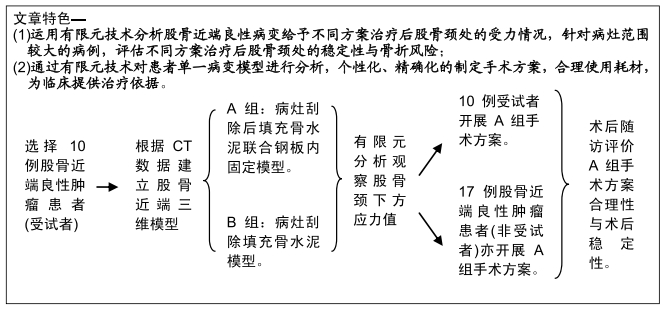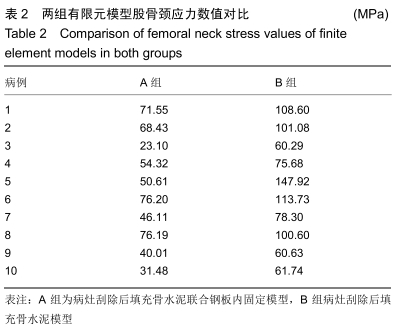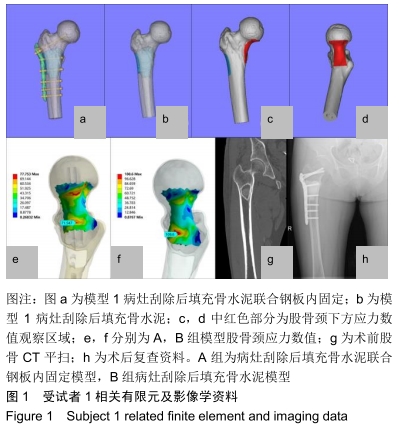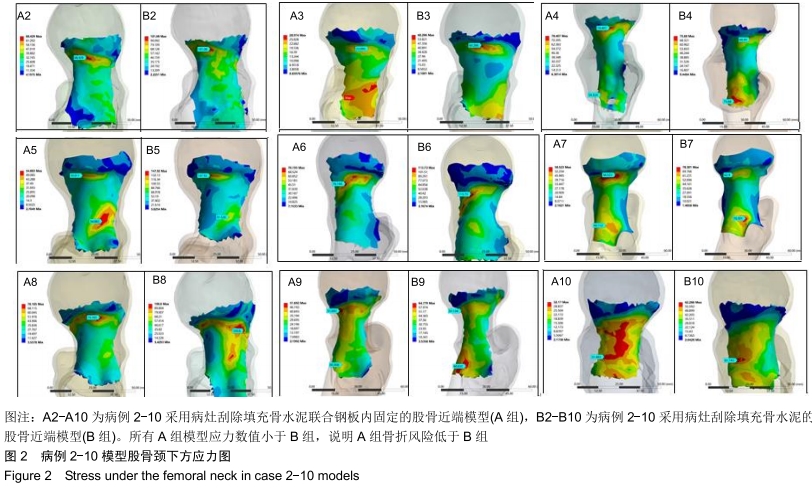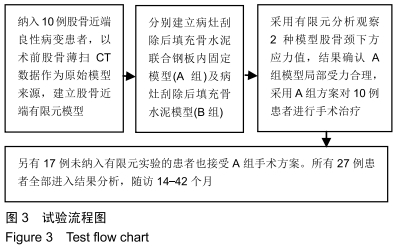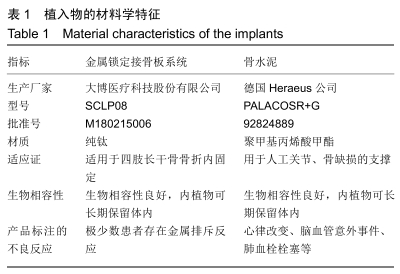[1] MOZAFFARIAN K, MODJALLAL M, VOSOUGHI AR. Treatment of giant cell tumor of distal radius with limited soft tissue invasion: Curettage and cementing versus wide excision. J Orthop Sci. 2018;23:174-179.
[2] MONTGOMERY C, COUCH C, EMORY CL, et al. Giant Cell Tumor of Bone: Review of Current Literature, Evaluation, and Treatment Options. J Knee Surg. 2019;32: 331-336.
[3] SAIZ P, VIRKUS W, PIASECKI P, et al. Results of giant cell tumor of bone treated with intralesional excision. Clin Orthop Relat Res. 2004;(424):221-226.
[4] MALEK F, KRUEGER P, HATMI ZN, et al. Local control of long bone giant cell tumour using curettage, burring and bone grafting without adjuvant therapy. Int Orthop. 2006;30(6): 495-498.
[5] YACOB O, UMER M, GUL M, et al. Segmental excision versus intralesional curettage with adjuvant therapy for giant cell tumour of bone. J Orthop Surg (Hong Kong). 2016; 24: 88-91.
[6] ERRANI C, RUGGIERI P, ASENZIO MA, et al. Giant cell tumor of the extremity: A review of 349 cases from a single institution. Cancer Treat Rev. 2010; 36(1): 1-7.
[7] KLENKE FM, WENGER DE, INWARDS CY, et al. Giant cell tumor of bone: risk factors for recurrence. Clin Orthop Relat Res. 2011; 469(2): 591-599.
[8] XU S, YU X, XU M, et al. Limb function and quality of life after various reconstruction methods according to tumor location following resection of osteosarcoma in distal femur. BMC Musculoskelet Disord. 2014;15:453.
[9] TAKEUCHI A, SUWANPRAMOTE P, YAMAMOTO N, et al. Mid- to long-term clinical outcome of giant cell tumor of bone treated with calcium phosphate cement following thorough curettage and phenolization. J Surg Oncol. 2018; 117: 1232-1238.
[10] PROSSER GH, BALOCH KG, TILLMAN RM, et al. Does curettage without adjuvant therapy provide low recurrence rates in giant- cell tumors of bone? Clin Orthop Relat Res. 2005; (435): 211-218.
[11] VAN DER HEIJDEN L, DIJKSTRA PD, VAN DE SANDE MA, et al. The clinical approach toward giant cell tumor of bone. Oncologist. 2014;19(5): 550-561.
[12] TANG HJ,MORO A,FENG WY, et al. Giant cell tumors combined with secondary aneurysmal bone cysts are more likely to develop postoperative recurrence: A retrospective study of 256 cases. J Surg Oncol. 2019; 120: 359-365.
[13] MALAWER MM, BICKELS J, MELLER I, et al. Cryosurgery in the treatment of giant cell tumor. A long-term followup study. Clin Orthop Relat Res. 1999; (359): 176-188.
[14] TSUKAMOTO S, MAVROGENIS AF, TANZI P, et al. Similar local recurrence but better function with curettage versus resection for bone giant cell tumor and pathological fracture at presentation. J Surg Oncol. 2019;119: 864-872.
[15] CANALE ST, BEATY JH, 原著. 坎贝尔骨科手术学[M].11版. 北京:人民军医出版社,2009:937.
[16] ZHAO S, ARNOLD M, MA S, et al. Standardizing compression testing for measuring the stiffness of human bone. Bone Joint Res. 2018;7:524-538.
[17] ZHU ZJ, ZHU Y, LIU JF, et al. Posterolateral ankle ligament injuries affect ankle stability: a finite element study. BMC Musculoskelet Disord. 2016;17: 96.
[18] ENNEKING WF, DUNHAM W, GEBHARDT MC, et al. A system for the functional evaluation of reconstructive procedures after surgical treatment of tumors of the musculoskeletal system. Clin Orthop Relat Res.1993;286: 241-246.
[19] 中华医学会骨科学分会骨肿瘤学组.中国骨巨细胞瘤临床诊疗指南[J].中华骨科杂志,2018,38(14):833-840.
[20] REILLY DT, BURSTEIN AH. The elastic and ultimate properties of compact bone tissue. J Biomech.1975;8:393.
[21] NAWATHE S, NGUYEN BP, BARZANIAN N, et al. Cortical and trabecular load sharing in the human femoral neck. J Biomech. 2015;48(5):816-822.
[22] MARTENS M, VAN AUDEKERCKE R, DELPORT P, et al. The mechanical characteristics of cancellous bone at the upper femoral region. J Biomech. 1983;16:971-983.
[23] 杨正明,陶惠民,杨迪生,等.邻膝关节骨巨细胞瘤外科治疗的选择[J].中华外科杂志,2006,44(24):1693-1698.
[24] LUN DX, HU YC, YANG XG, et al. Development and proposal of a scoring system for giant cell tumor of the bone around knee. Int Orthop. 2018;42:203-213.
[25] YU X, XU M, XU S, et al. Clinical outcomes of giant cell tumor of bone treated with bone cement filling and internal fixation,and oral bisphosphonates. Oncol Lett. 2013;5(2): 447-451.
[26] ZHENG K, YU XC, HU YC, et al. How to fill the cavity after curettage of giant cell tumors around the knee?a muhicenter analysis. Chin Med J. 2017;130:2541-2546.
[27] JONES RE, BARRACK RL, SKEDROS J. Modular mobile-bearing hinge total knee arthroplasty. Clin Orthop. 2001; (392): 306-314.
[28] 张帅,屠重棋,段宏,等.股骨近端骨缺损与骨折相关性的有限元分析[J].四川大学学报(医学版),2011,42(2):273-276+279.
|
